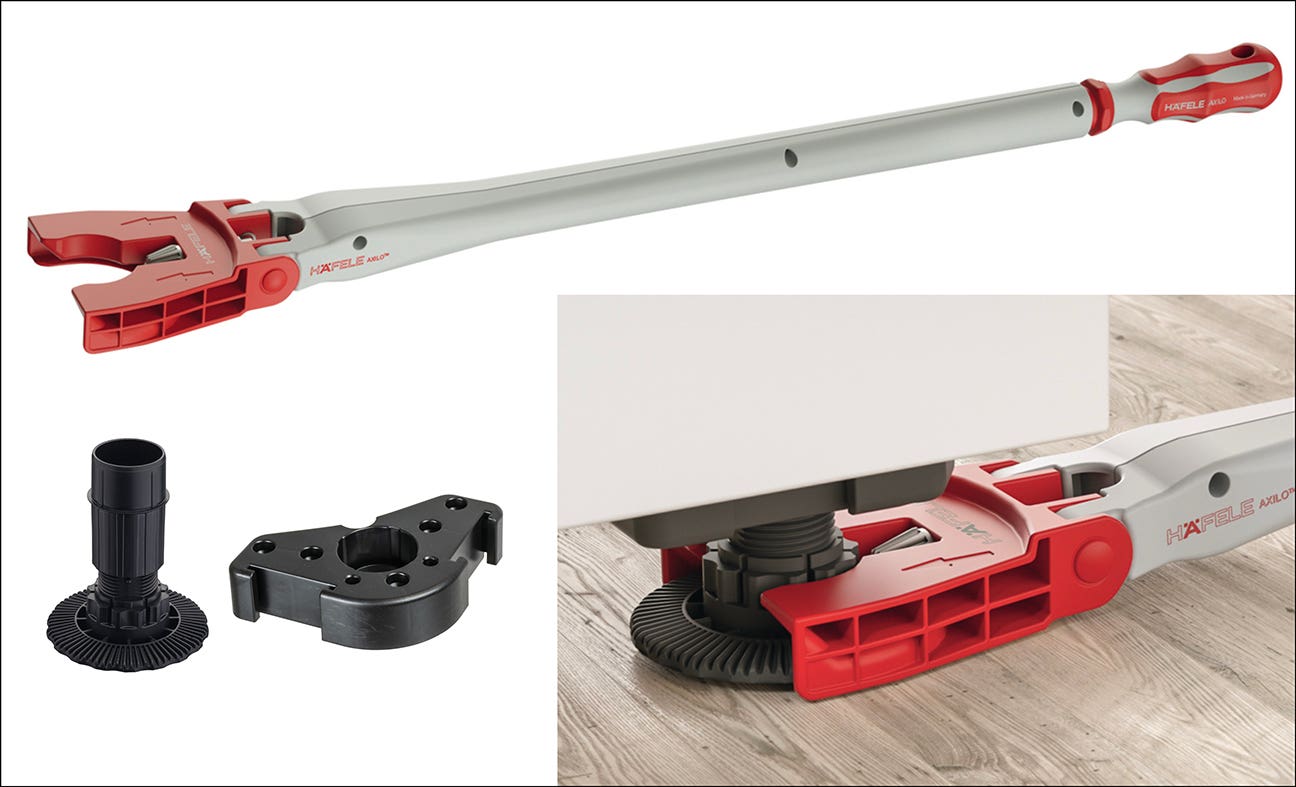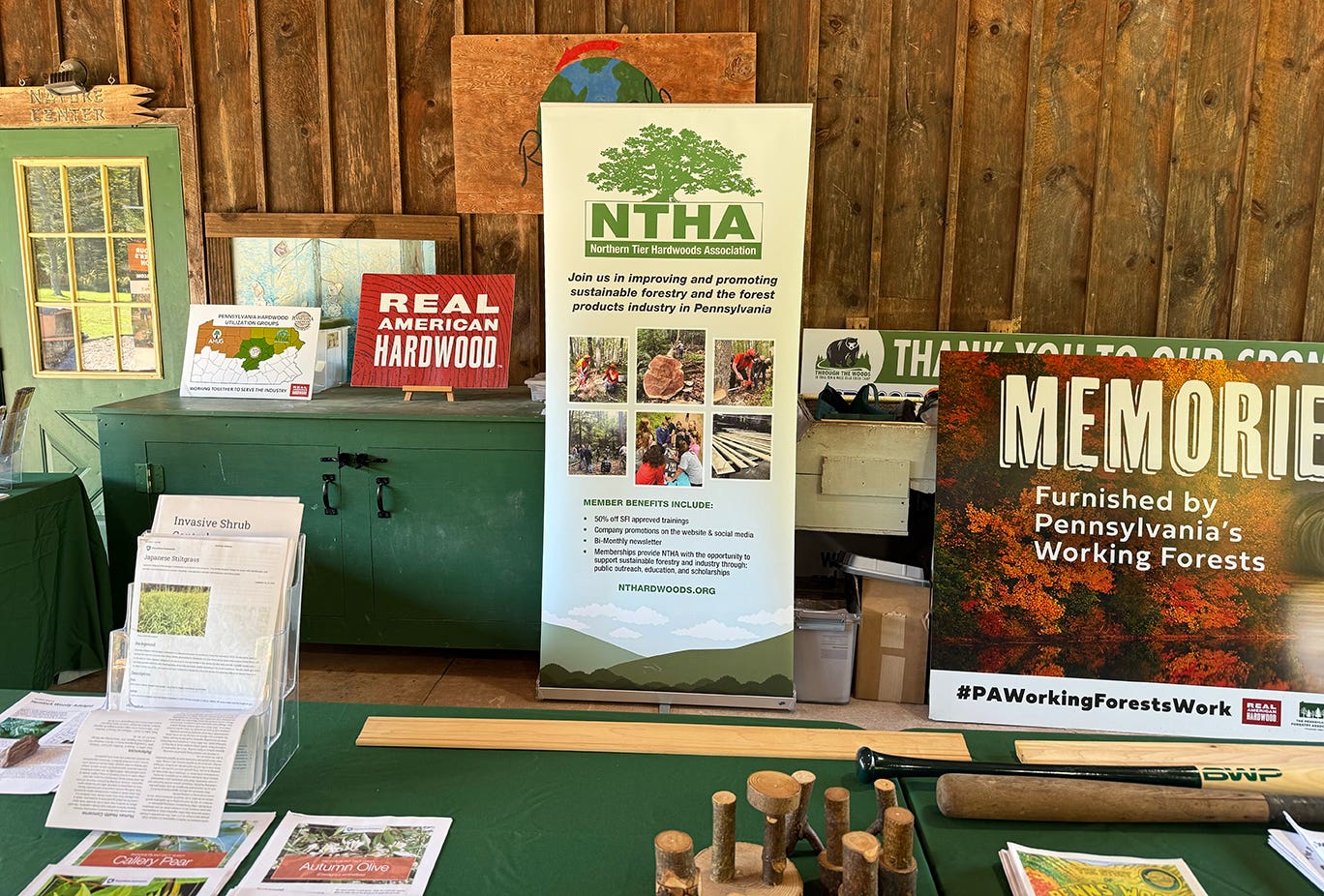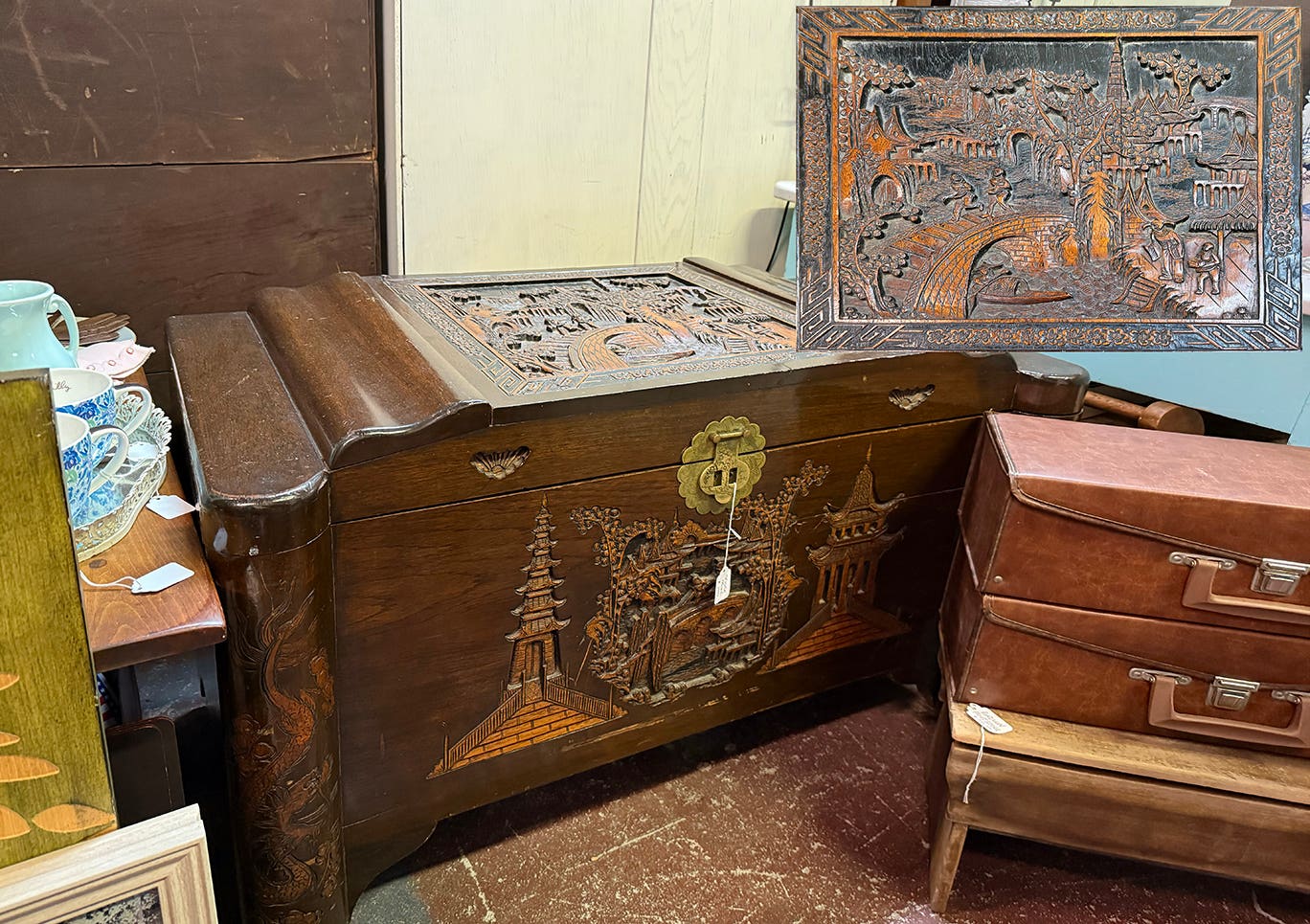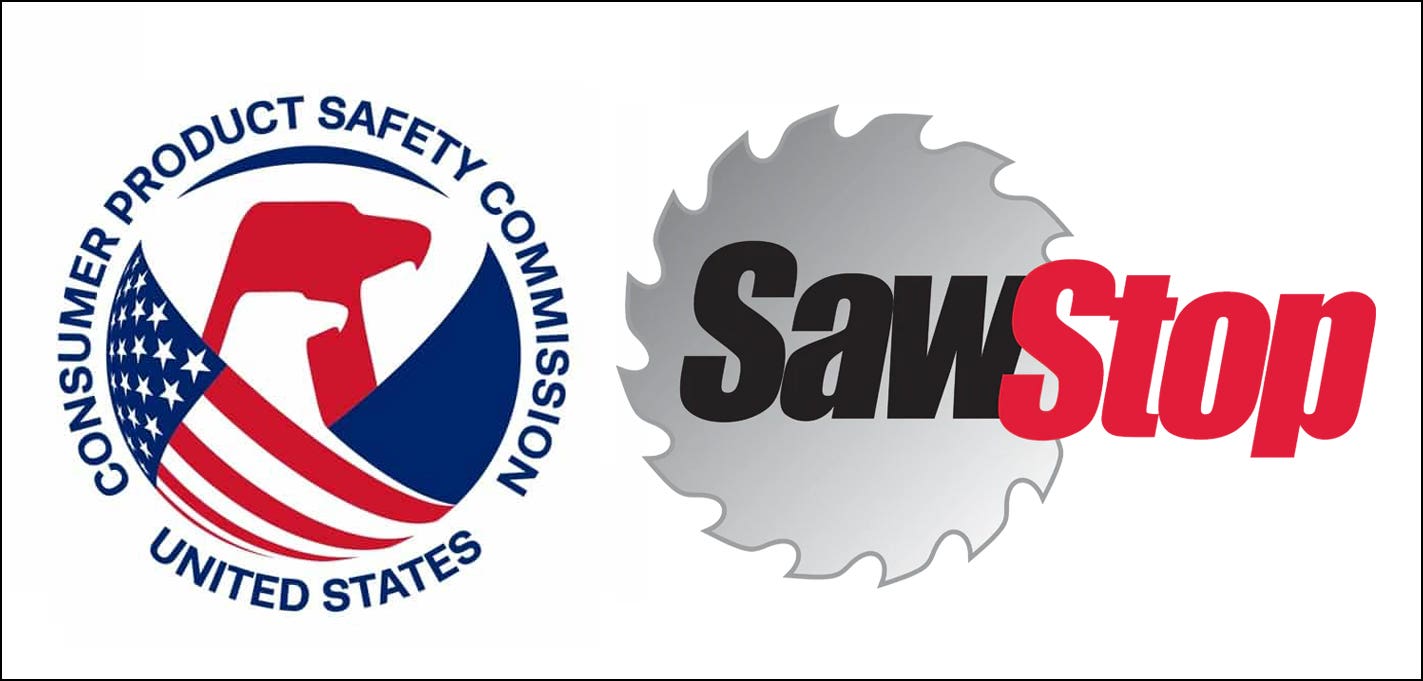Resolution on SawStop is just around the corner
Time flies. It’s been 11 years since the SawStop safety device for table saws was introduced at IWF 2000 in Atlanta. And after 11 years we’re still debating whether a…
Time flies. It’s been 11 years since the SawStop safety device for table saws was introduced at IWF 2000 in Atlanta. And after 11 years we’re still debating whether a device that can prevent serious injury is proven technology, and whether our free market system should let consumers decide if they want a saw with this technology or if it should be mandated by the government.
I bring this up for two reasons. First, there’s the 1,513-word letter from SawStop inventor and president Stephen Gass that begins on Page 7. It’s a response to a position paper from the Power Tool Institute, whose members produce approximately 85 percent of all table saws sold in the U.S., published in the September 2011 issue of Woodshop News.
SawStop and the PTI are at odds over a safety standard under consideration by the Consumer Product Safety Commission, which would essentially require manufacturers to put a SawStop or similar device on their saws. This debate, by the way, has been ongoing since SawStop petitioned the commission for a safety standard on April 15, 2003.
On Oct. 11, the commission published an advance notice of proposed rulemaking in the Federal Register, the first step in a proceeding that could result in a mandatory standard for table saws to address the risk of injury associated with blade contact from table saws. A public comment period follows with a deadline of Dec. 12.
“We are concerned that the requirements in the voluntary standard for table saws, UL 987, Stationary and Fixed Electric Tools, which mandate a permanent riving knife and the new modular blade guard system, may not adequately address the operator blade contact injuries associated with table saw use,” according to commission secretary Todd Stevenson in Vol. 76, No. 196 of the Federal Register.
“While we support the recent progress UL has made in improving the voluntary standard to address blade contact injuries by focusing solely on prevention of skin-to-blade contact, the standard requirements do not appear to address adequately the number or severity of blade contact injuries that occur on table saws, nor do they address the associated societal costs.”
Those are among the main arguments put forth by SawStop and its petitioners for the proposed rule.
After the public comment deadline, the commission can either issue a rule mandating performance requirements on table saws or a labeling rule requiring specified warnings and instructions to address table saw blade contact injuries.
It’s somewhat irrelevant, at this point, as to whether or not you believe that the government should even be considering such rules. That ship has sailed. This amounts to your last chance to be heard by the commission before action is taken.
Comments must be referenced with the Docket No. CPSC-2011-0074 and can be submitted electronically or in written form. For background and comment guideline information, visit www.regulations.gov or contact the Office of the Secretary, Consumer Products Safety Commission, Room 502, 4330 East West Highway, Bethesda, MD 20814; Tel: 301-504-7923.
This article originally appeared in the November 2011 issue.







